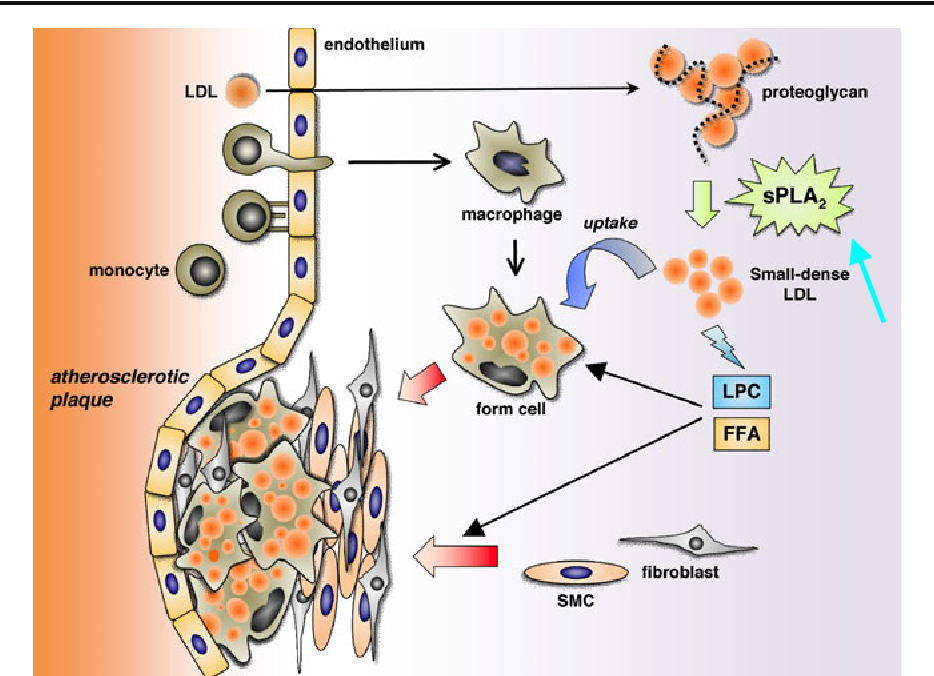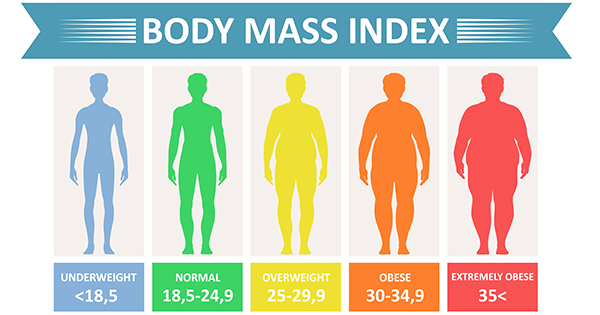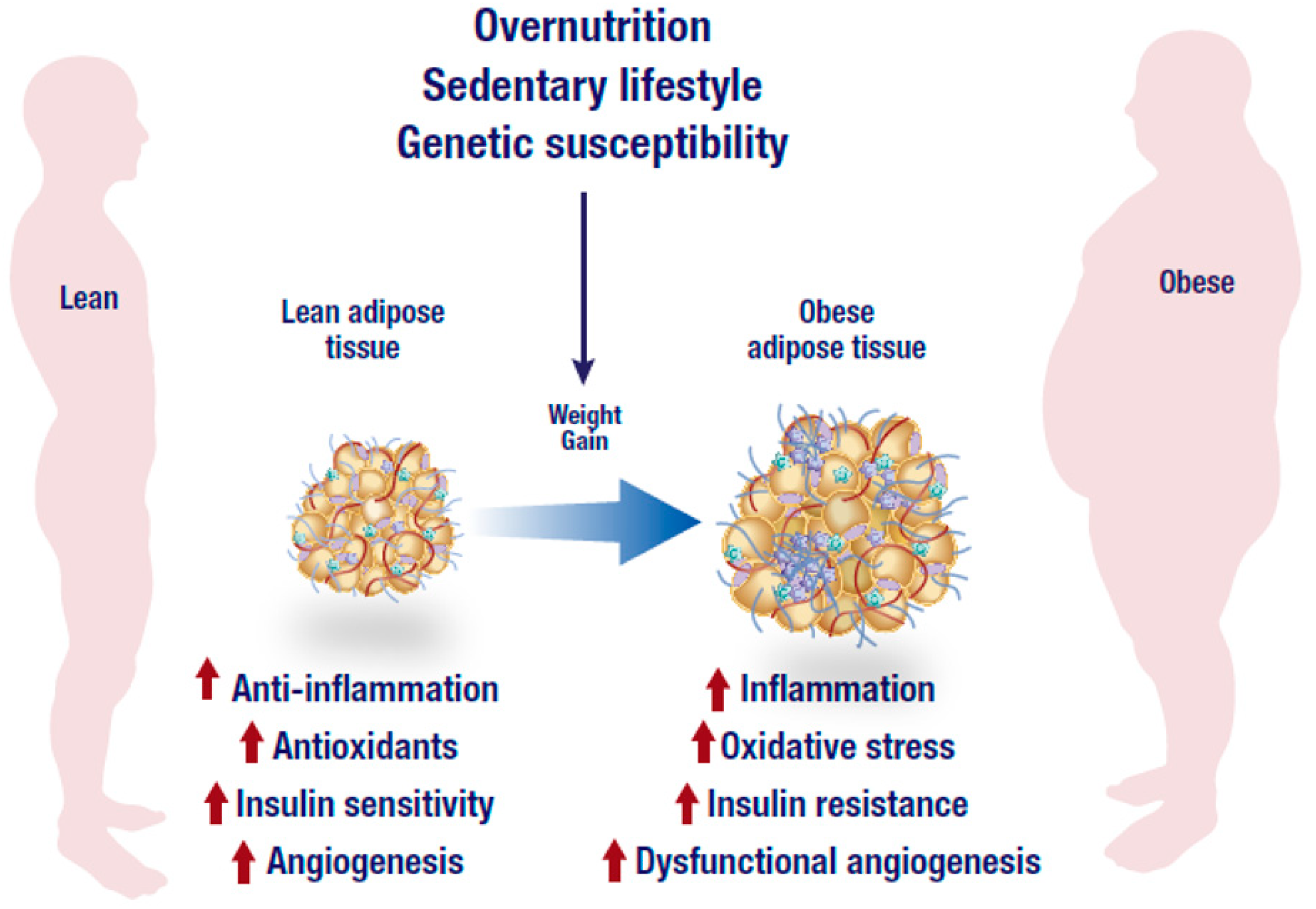
Phospholipase enzyme 2 (PLA2) represents a group of enzymes found in the plasma. In particular, the primary enzymes behind phospholipid hydrolyzing processes is found amongst a sub-group known as secretory PLA2 (SPLA2) and have been associated with atherosclerosis (Garces et al., 2010). As such, the following will explore said enzymes in greater detail, other biomarkers associated with their presence, as well as their relationship to cardiovascular disease (CVD), type 2 diabetes (T2D), and obesity.
SPLA2 are small (measured by molecular weight) enzymes that have the capacity to hydrolyze the phospholipids found within tissues and lipoproteins, and bind them together; a process considered an initial step in atherogenesis (Garces et al., 2010). Furthermore, SPLA2 has also been shown to hydrolyze/compromise HDLs negatively affecting their athero-protective functions (Garces et al., 2010). Not only does said enzyme negatively impact lipoproteins, SPLA2 has also been shown to be a predictor of visceral adipose aggregation (from insulin resistance) and T2D (Garces et al., 2010).

Other associations with increasing concentrations of SPLA2 include a parallel increase in body mass index (BMI) suggesting a causal relationship; increasing adiposity might be the impetus behind increasing SPLA2 levels (Garces et al., 2010). Such a submission is supported by research implementing orlistat (blocks enzymes that break down fat inhibiting intestinal absorption); a medication that reduced LP-PLA2 (another form of PLA that interacts with oxidized phospholipids) in subjects. However, such research referenced by Garces et al. (2010) did not determine if T2D or obesity facilitated an increase circulating SPLA2 concentrations or if coexistence of the two conditions was essential.
Garces et al. (2010) conducted a study whereby subjects were recruited and divided in the following categories: 24 obese subjects who had T2D (OBT2D), 24 obese subjects devoid of T2D (OB-NOT2D), 24 non-obese subjects with T2D (NOBT2D) and 24 healthy subjects with no obesity problems (controls). Blood samples were collected from each group prior to the experiment to include fasting glucose, HDL-C, LDL-C, very low-density lipoproteins (VLDLs), triglycerides, total cholesterol, insulin, leptin, c-reactive protein, waist circumference, BMI, in addition to SPLA2 and LP-PLA2 (Garces et al., 2010).

The results of the study indicated that obesity with, or without, T2D was associated with higher plasma concentrations of PLA2. Such is supported from participants in the NOBT2D group that did not have increased PLA2 activity when compared to the control group (Garces et al., 2010). It was the researchers’ submission that obesity, though not substantiated as causal, had strong correlations to increased PLA2 activity and inflammation; such a relationship suggests that obesity drives low level chronic inflammation (Garces et al., 2010).
In conclusion, excessive PLA2 activity/low level chronic inflammation has been associated with obesity. Although individuals with insulin resistance and T2D can also have elevated PLA2 activity, it is obesity/excessive adipose tissue that has been elucidated as the underlying driver of SPLA2/LP-PLA2 activity. Such knowledge should encourage nutritionists, exercise professionals, and health care providers to, at minimum, consider a weight loss protocol (as part of a comprehensive intervention) amongst individuals with excessive fat mass who also exhibit CVD/excessive PLA2 activity.
References
Garces, F., Lopez, F., Nino, C., Fernandez, A., Chacin, L., Hurt-Camejo, E., … Apitz-Castro, R. (2010). High plasma phospholipase A2 activity, inflammation markers, and LDL alterations in obesity with or without type 2 diabetes. Obesity, 18(10), 2023-2028.
-Michael McIsaac
